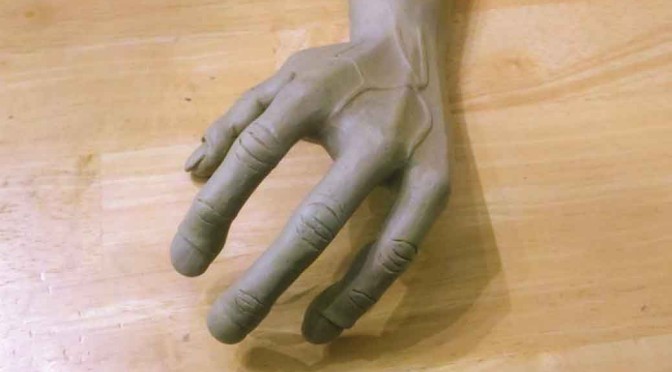Background
I don’t mean to sound wry with the heading, but it’s a real story, and is a real fact. I can’t be held responsible, if you are stupid enough to try this “surgery” at home. Still, let me say it – Please don’t try this, even if you are stupid. There is no chance you’d survive this. The whole purpose of this article is to keep you informed.
In short, it is about a man (you could even call him a boy) who suffered from an Obsessive Compulsive Disorder, shot himself in the head to commit suicide. The very act, ironically ended up curing himself of the OCD.
Crash Course in OCD
To tell you a little about OCD, it is a disorder which creates a serious problem in someone’s life if they suffer from it. They get obsessed with doing some things repetitively. For example, people often have an OCD where they feel compelled to arrange things in stacks. Or others who can’t sit in ease if their clothes are not in a perfect order. Or some, who have an obsessive fear of germs and end up washing hands several times a day….etc.
These disorders usually can make a person lonely as others start staying away from the seemingly paranoid person. Otherwise, they also create a problem in the sufferer’s life by consuming excess time, money, energy, etc of their’s. Most times, the person suffering from an OCD starts experiencing serious emotional distress or depression.
In very rare and extreme cases, where anti-depressant and behaviour therapy doesn’t work, doctors resort to performing a surgery, where they remove a part of the brain from which the problem seems to come from. Even under controlled circumstances, this surgery is considered as a very serious one.
The story
About 30 years from now, a 19-year-old boy George, from Vancouver, British Columbia suffered from a serious problem that used to interfere with his normal life. He had an obsessive fear of germs and used to wash, and used to shower hundreds of times in a single day. Yes, really hundreds, not less. Doing this took away all of his strength and he found it hard to do anything else. This made his education and general life suffer as he could not attend school or work at any place.
He was a top class student and had a pretty good IQ. But the boy was seriously depressed and often complained to his mother that he wanted to die. On unfortunate day, when the boy felt really troubled, he went down to his mother and complained that he wanted to die. This seemed like a final blow to the mother’s exasperation and she told him to go shoot himself. Not realizing the metaphoric nature of his mom’s statement, the boy decided to go and do just that.
He went to the basement and shot himself in the head using a .22 long rifle. The bullet got lodged in the brain. Naturally, after this, he had to be rushed to the hospital. After a very long surgery, surgeons were able to remove the bullet, but couldn’t successfully remove all the fragments of the bullet that were lodged in the brain.
Fact: There was a similar accident that happened at a particle accelerator, where a proton beam travelling at almost the speed of light, destroyed a part of a man’s brain and yet it left him with almost no serious complications. He went on to complete his PhD after that!
When three weeks later he was admitted at the hospital again, for a check-up, there was no obsessive behaviour observed in him. He was left only with a few minor quirks that did not interfere much with his life. He had apparently cured himself by shooting himself in the brain and destroying the part where the problem originated from. At the same time, his IQ did not drop and and he passed other brain damage tests too! Such a miraculous surgery had never ever been recorded in the history.
[Original article]
Did you like this article?
Every day I send out a newsletter with an un-cut new article and exclusive content for readers. It’s basically my way of keeping in touch with you and letting you know what’s going on. Your information is protected and I never spam.
Subscribe from the sidebar to stay connected. Feel free to reply to these newsletters too…







